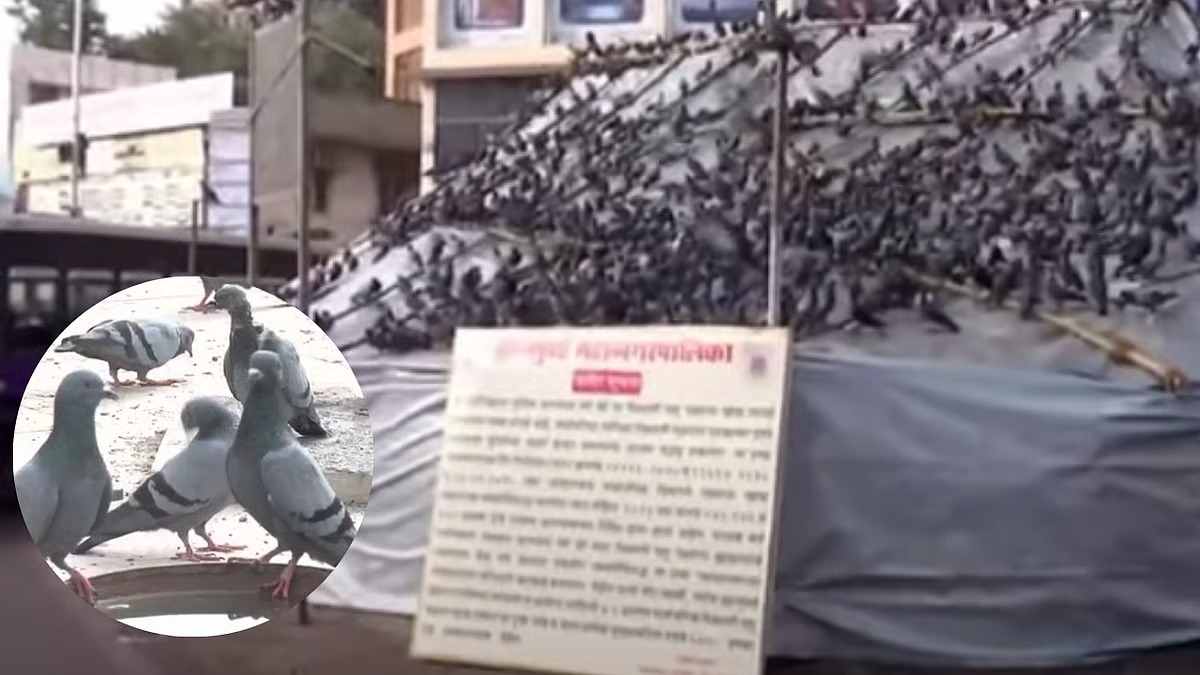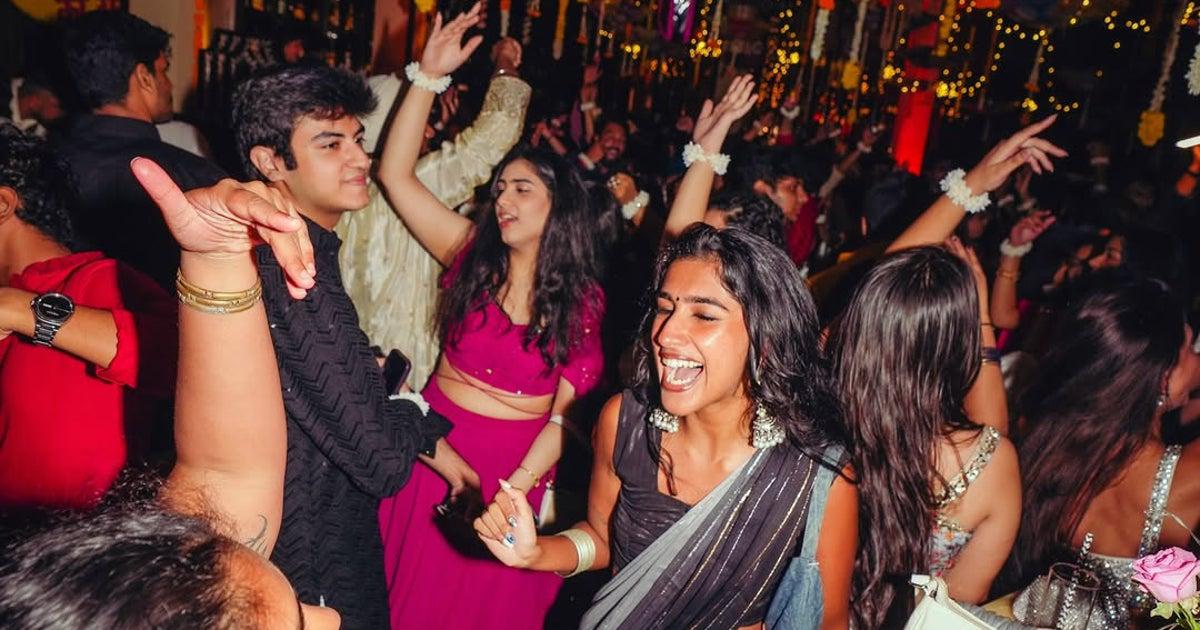This morning, the Brihanmumbai Municipal Corporation (BMC) once again covered the Dadar Kabutarkhana with tarpaulin and plastic sheets. This comes just a few days after protestors tore down earlier covers in defiance of the ongoing ban on feeding pigeons at the site.
Police presence was heavy around the area, with riot control units stationed to prevent gatherings or attempts to offer grain to the birds. The move follows the Bombay High Court’s instructions allowing the BMC to cover all kabutarkhanas in Mumbai until at least August 13 to prioritise public health and hygiene.
Why the Ban Is in Place
The restrictions are based on health risks linked to large pigeon populations, particularly respiratory problems caused by droppings and feathers. Several residents have complained about these issues, and the High Court has sided with health experts over traditional feeding practices.
The BMC has been told to install CCTV cameras and post marshals at feeding spots to identify violators. Those caught can face fines or criminal cases under the Bharatiya Nyaya Sanhita (BNS), which covers negligence, spreading infection and creating a public nuisance.
Protests and Reactions
The Jain community, which has a long history of supporting kabutarkhanas as part of religious and cultural practice, has publicly opposed the ban. While community leaders say they do not support vandalism, they are organising peaceful protests. A large prayer gathering took place recently, and a senior Jain monk has warned he will go on hunger strike if the ban continues.
Some residents have come up with creative ways to get around the rules. In one case, a man put a tray of grain on top of his car for the pigeons. Local officials called the police, who seized the vehicle and filed a formal case.
What the Government Is Saying
Chief Minister Devendra Fadnavis has acknowledged the tensions and suggested finding middle ground, such as creating designated pigeon feeding zones on the outskirts of the city, possibly near areas like Sanjay Gandhi National Park. This would require adjusting local regulations and working with religious groups.
Meanwhile, trustees of historic kabutarkhanas say the birds are already suffering from reduced feeding and claim many are in poor health. They want the court to allow an expert committee to look into alternatives.
Cultural Importance
The Dadar Kabutarkhana sits beside a well-known Jain temple and has been part of local life for decades. It’s one of over 50 such sites across Mumbai, where feeding pigeons has long been seen as an act of compassion and charity. The current ban has turned it into one of the flashpoints in an ongoing argument about balancing tradition with modern health concerns.
What’s Next
The High Court will review its interim order on August 13. One option being discussed is forming a technical oversight group to suggest a long-term plan. Until then, the ban stays in place. Only those with special permission from the BMC can feed pigeons in controlled settings, and violations are met with swift penalties.
For now, the once-busy feeding ground remains sealed off, with the sound of traffic replacing the flutter of wings. How the courts decide this week could shape the future of pigeon feeding in Mumbai for years to come.
Sources: Mid-Day, Times of India, Deccan Chronicle, UNI India, Indian Express






